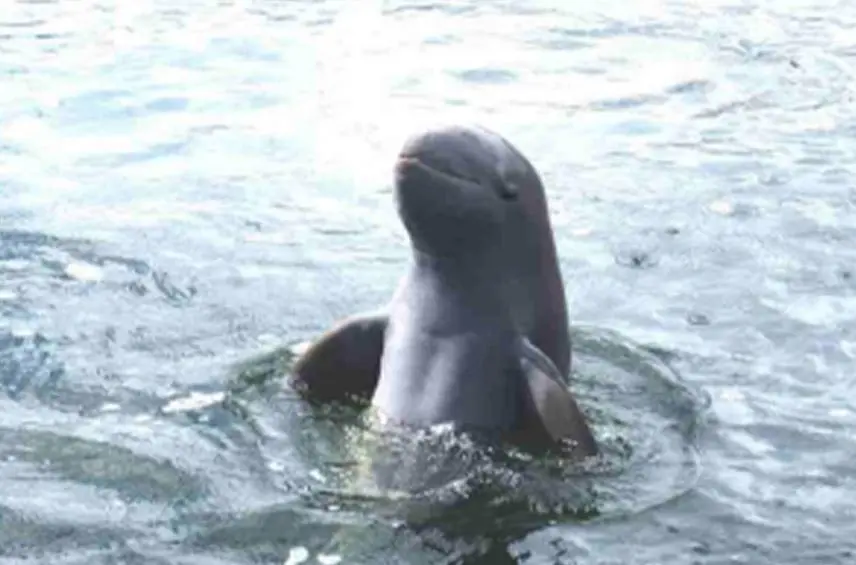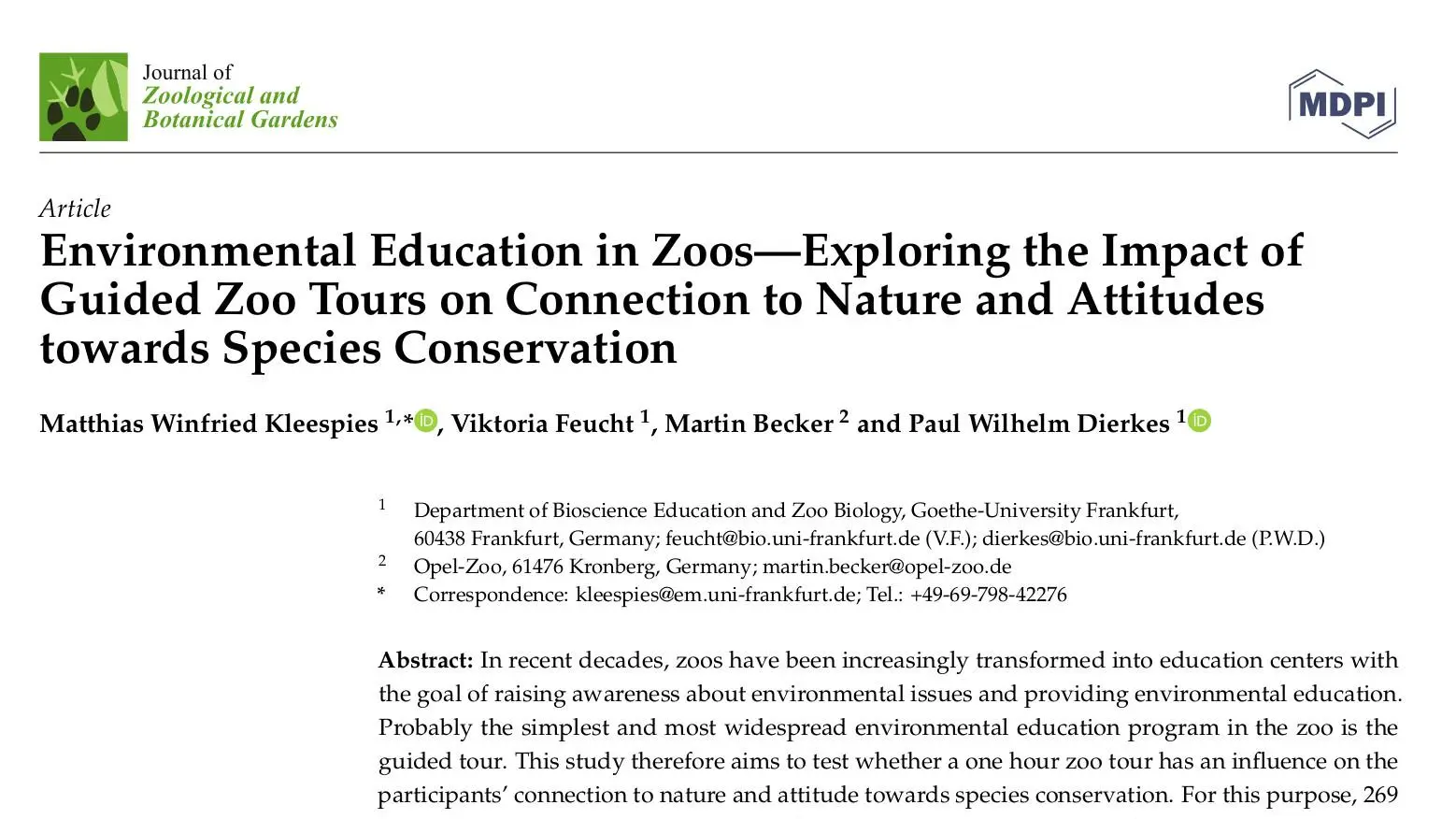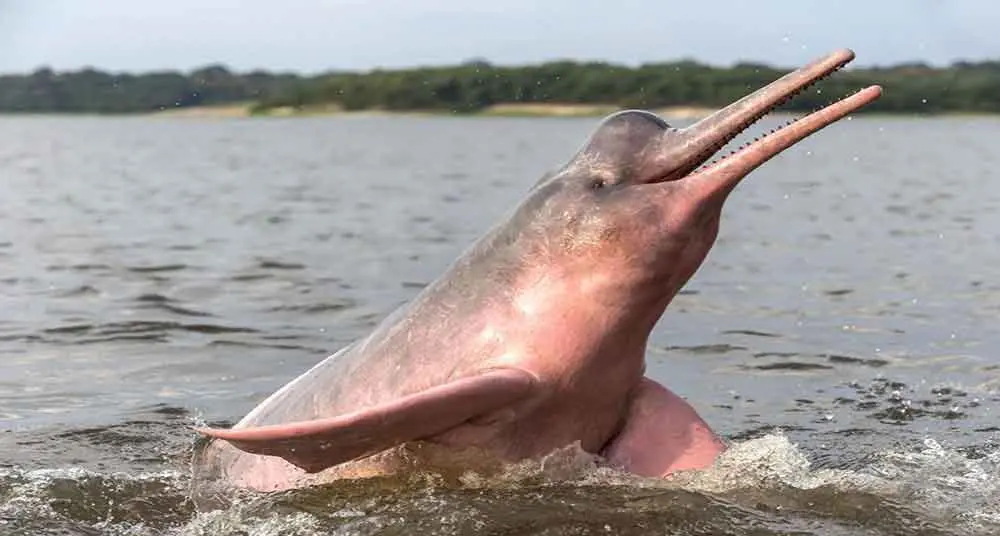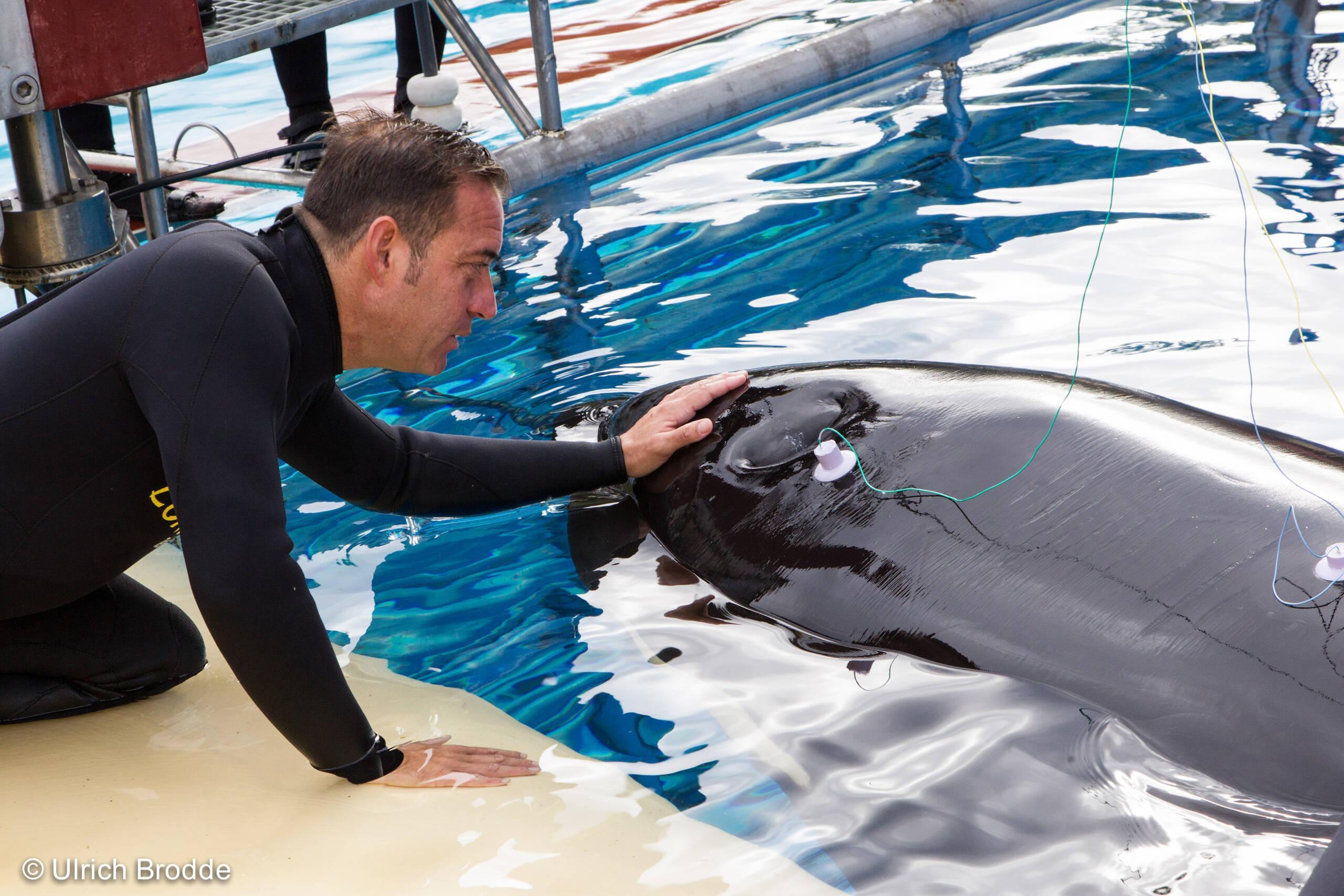
| Category | Completed |
| Date | – |
| Investment | 25.721$ |
LPF is helping to protect the Irrawaddy River Dolphin, an endangered cetacean that inhabits the coasts of Southeast Asia as well as the Irrawaddy River in Myanmar.

Irrawaddy dolphin, Myanmar
Some rivers in Asia are home to dolphins that have adapted to a life in freshwater, one of which is the Irrawaddy dolphin (Orcaella brevirostris), found in small groups of about six to ten individuals. For some years now, however, Irrawaddy dolphins have been declining at a rapid rate in Myanmar, Laos, and Cambodia, which is why the International Union for Conservation of Nature has listed the species as Endangered.
Currently, populations of this dolphin species are patchy and fragmented, both in coastal waters and in rivers, making them particularly vulnerable to threats from human activities, concentrated in these same areas. The most serious threat to these animals is incidental mortality from entanglement in fishing gear, especially gillnets. Habitat loss, particularly from riverine dams and degradation due to reduced or altered freshwater flows feeding estuaries, is an imminent threat to their conservation, which may cause sub-populations to become extinct and further fragment the already patchy distribution of the species. The habitat of the Irrawaddy dolphin, both in freshwater and in estuaries, is also being seriously threatened by pollutants, such as oil, pesticides, industrial waste, coal dust, etc., substances that bioaccumulate in dolphins and can cause immunological and endocrine problems.
Loro Parque Fundación is collaborating in a project that seeks to stop and try to reverse this decline of the Irrawaddy dolphin populations in Myanmar. To achieve this, the actions are focused on increasing scientific knowledge about the current state of populations, their distribution and ecology. In addition, research will be conducted to identify the factors causing the decline in populations, in order to effectively combat any threat. And finally, to raise awareness among the local population, so as to increase the value of this dolphin and the involvement of local people in its conservation.
BLOG
News





